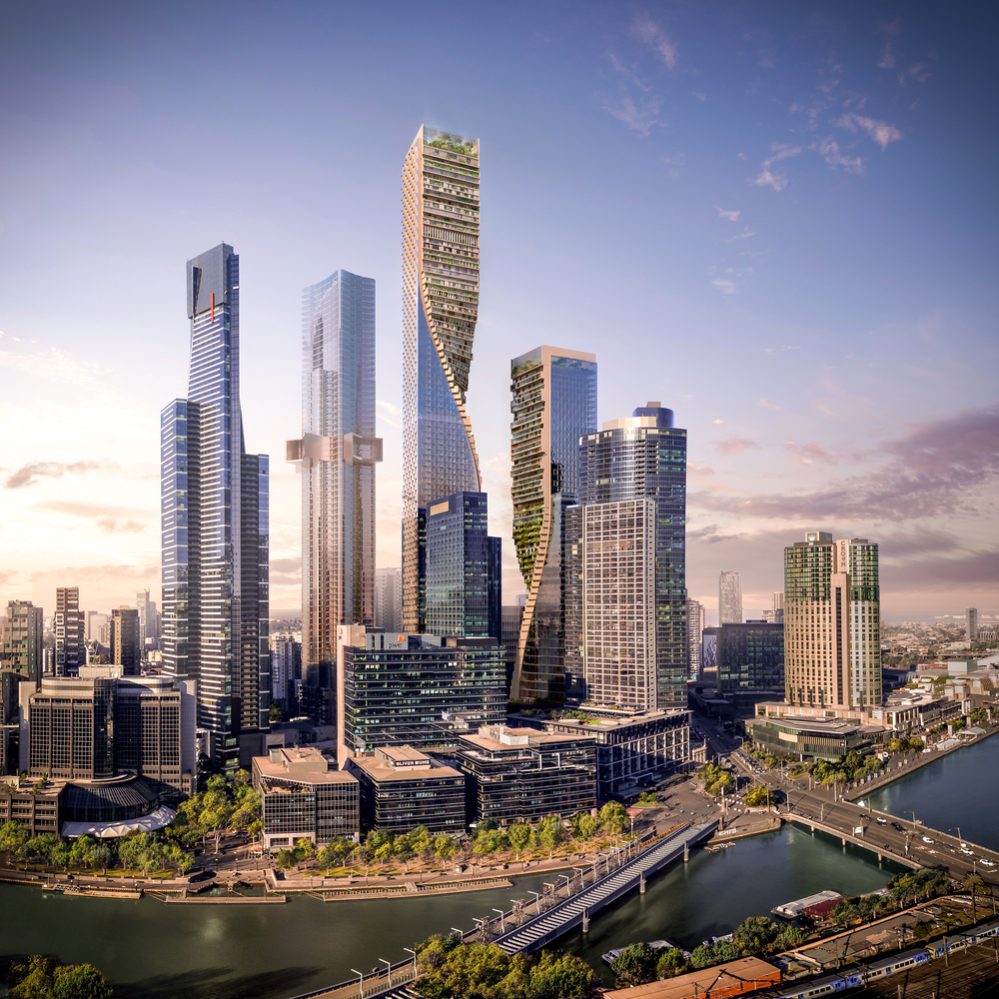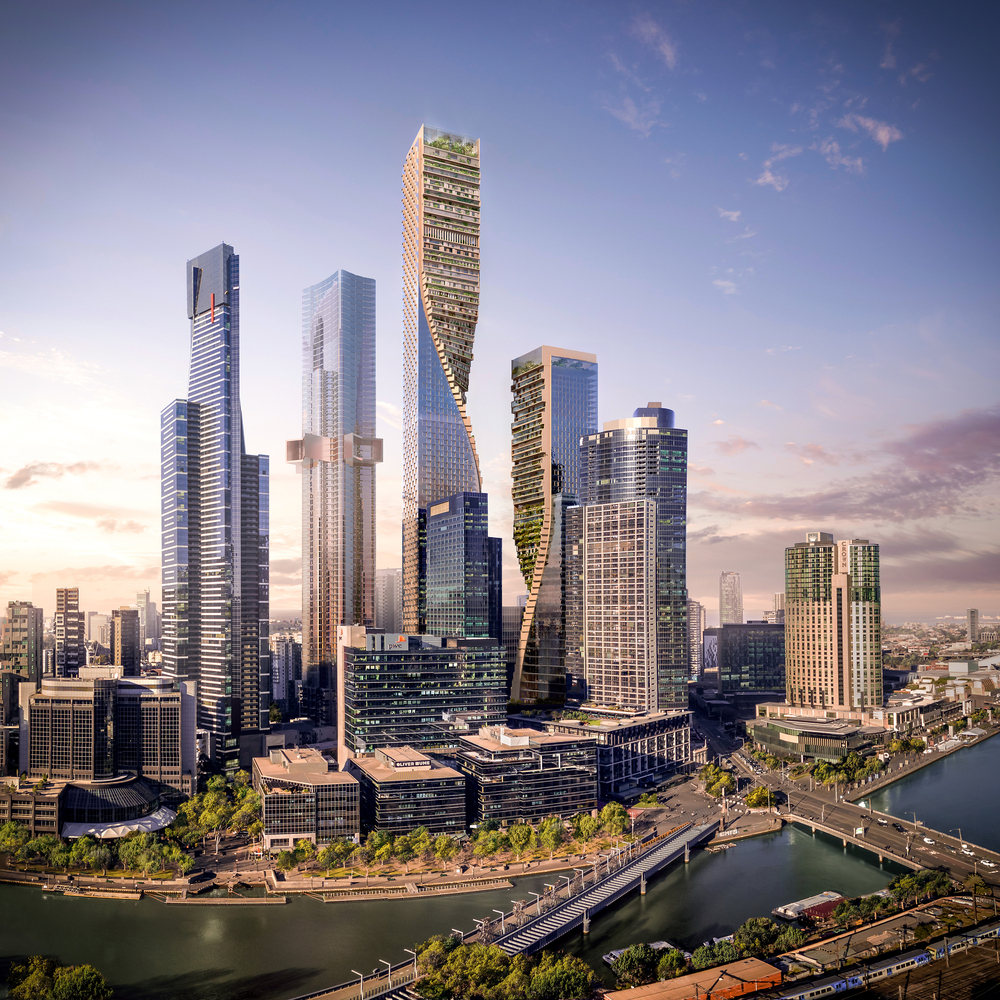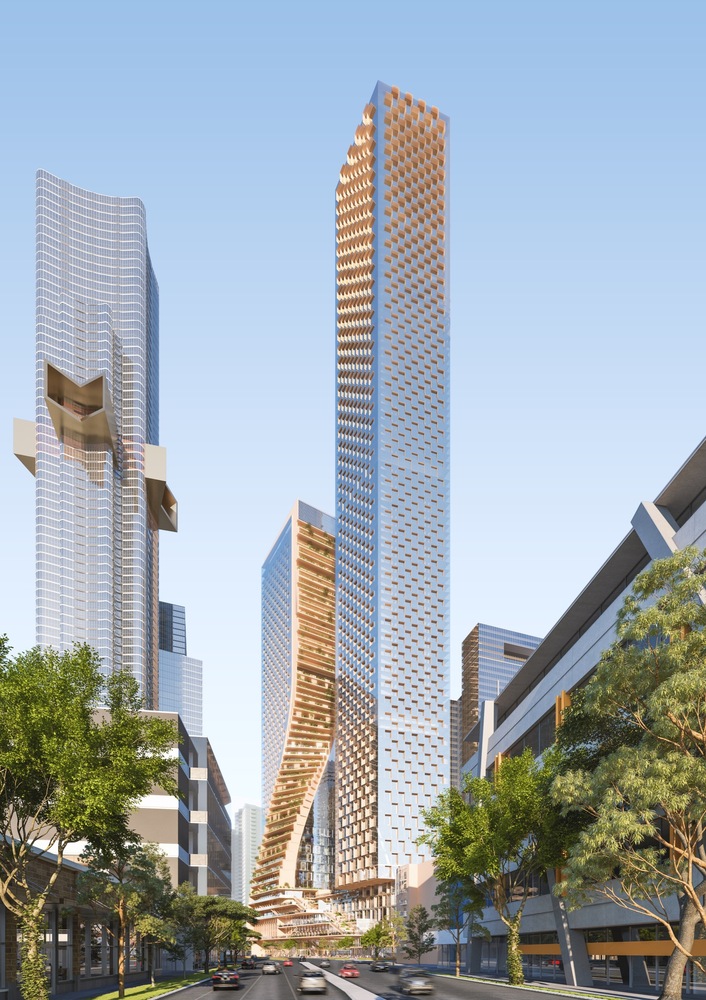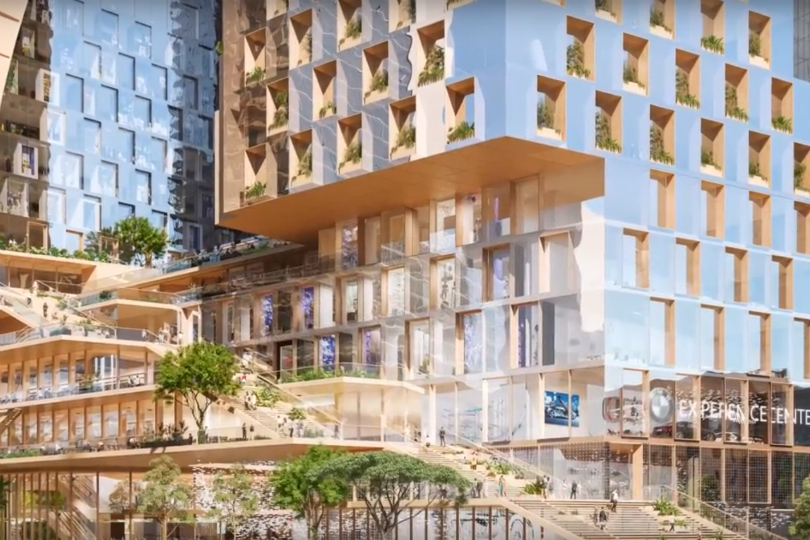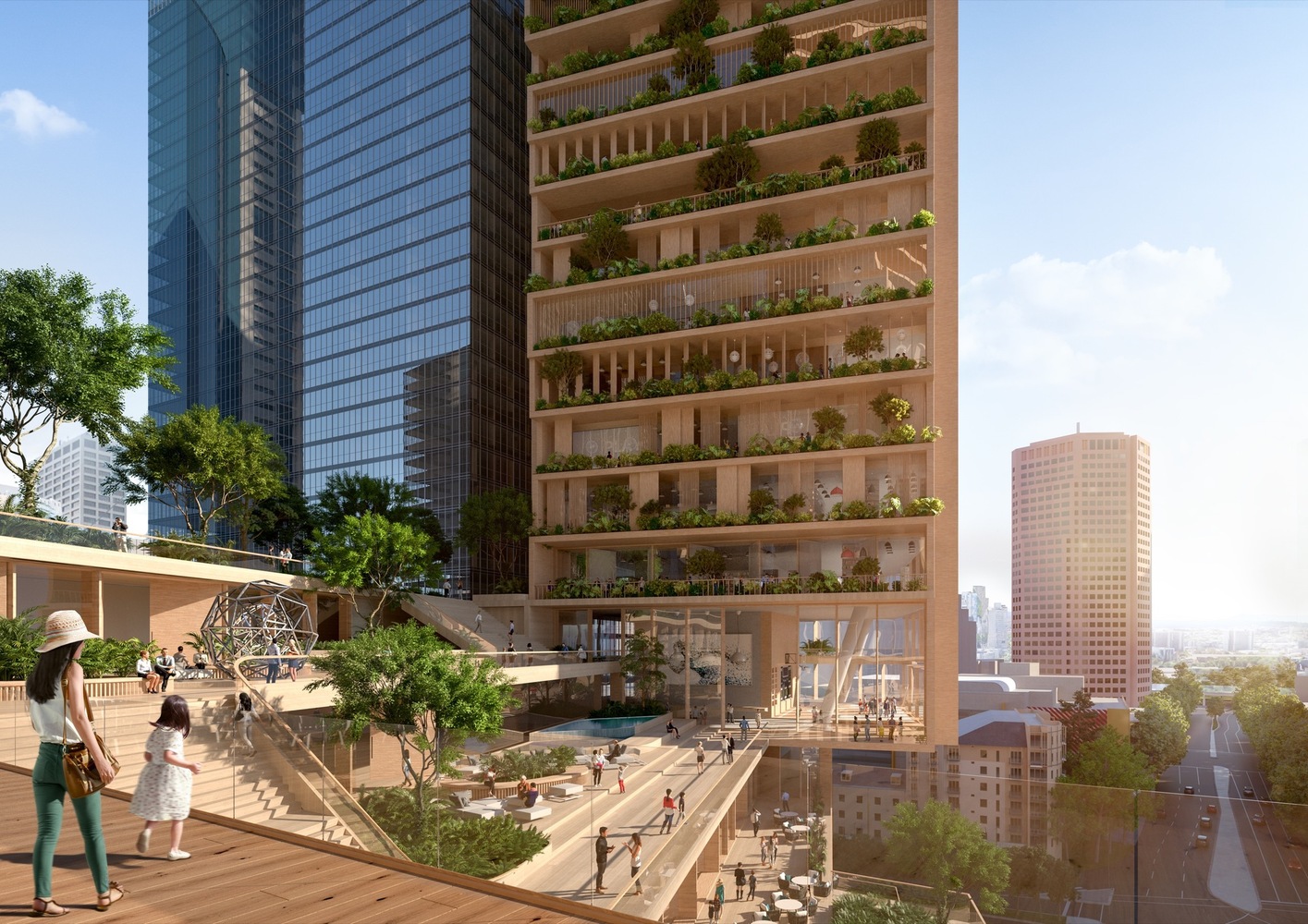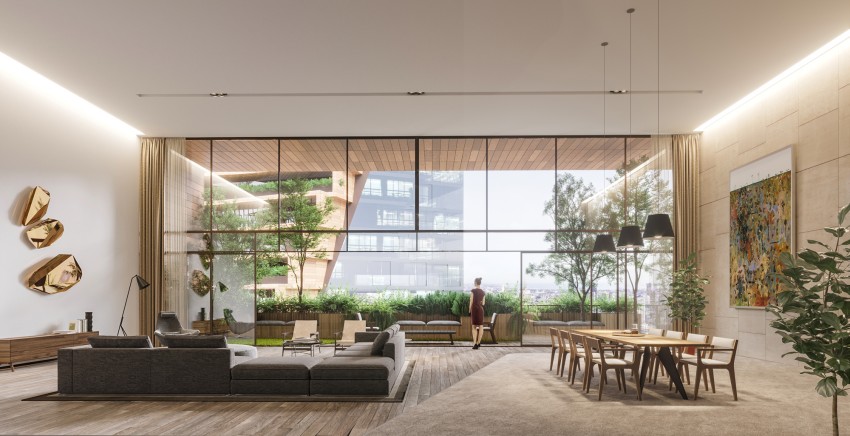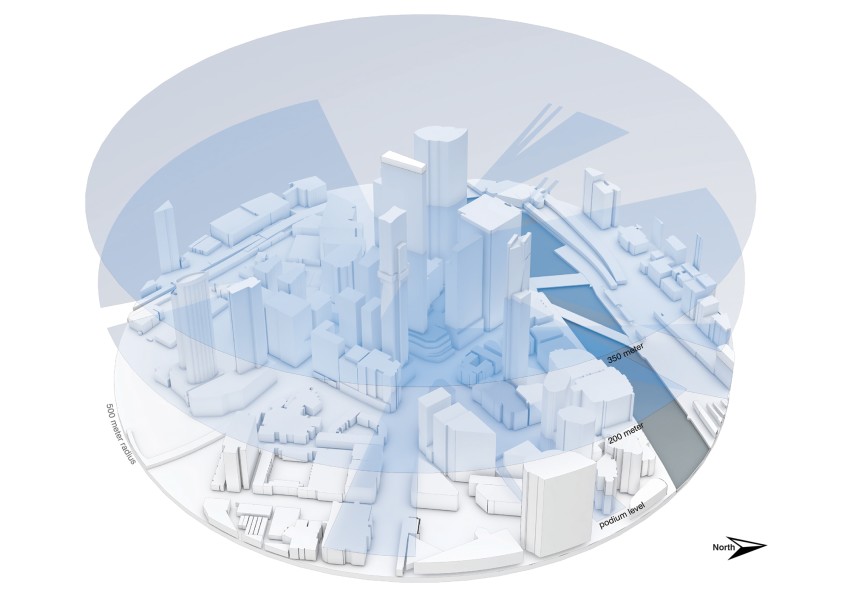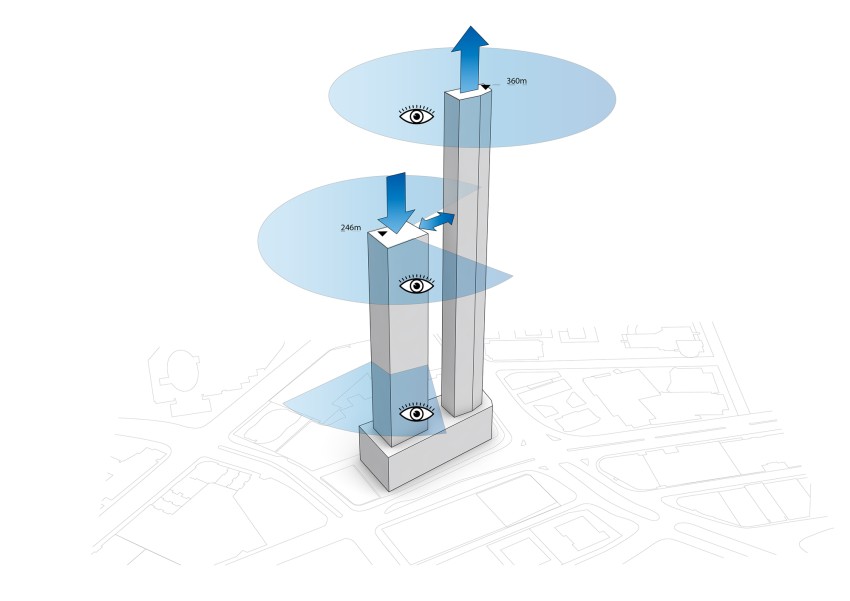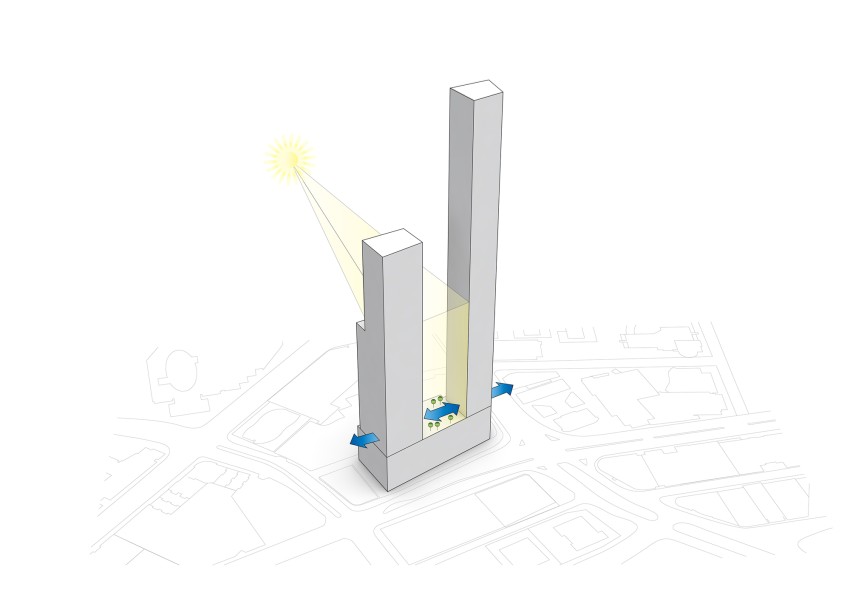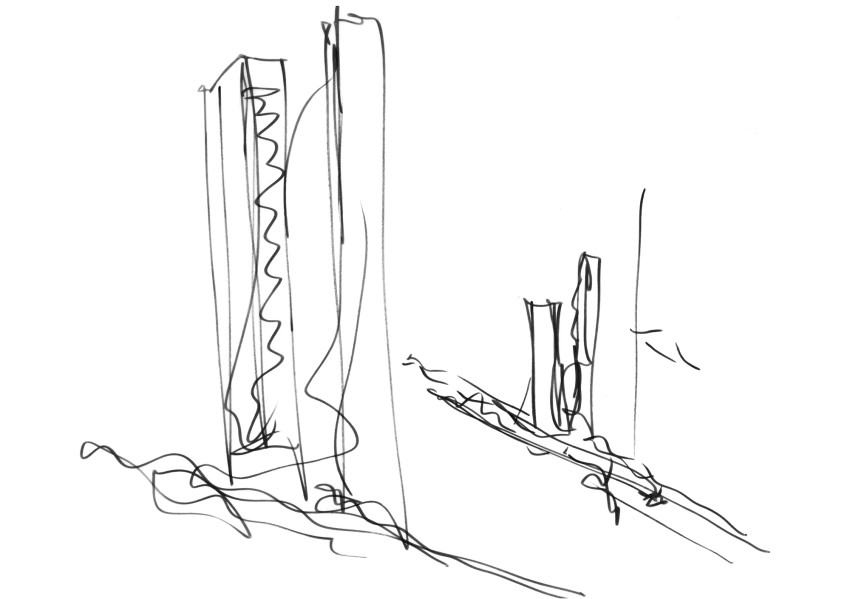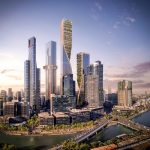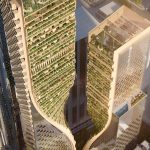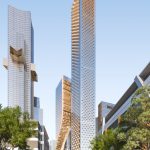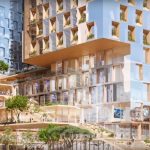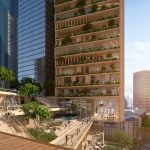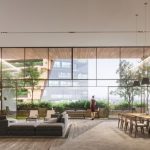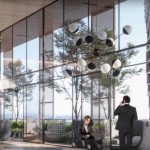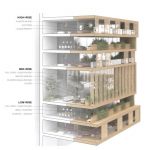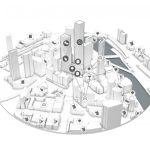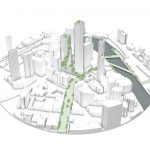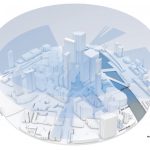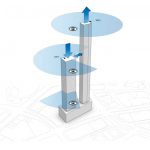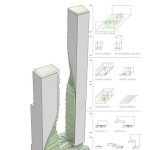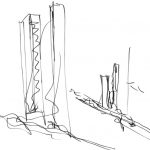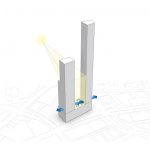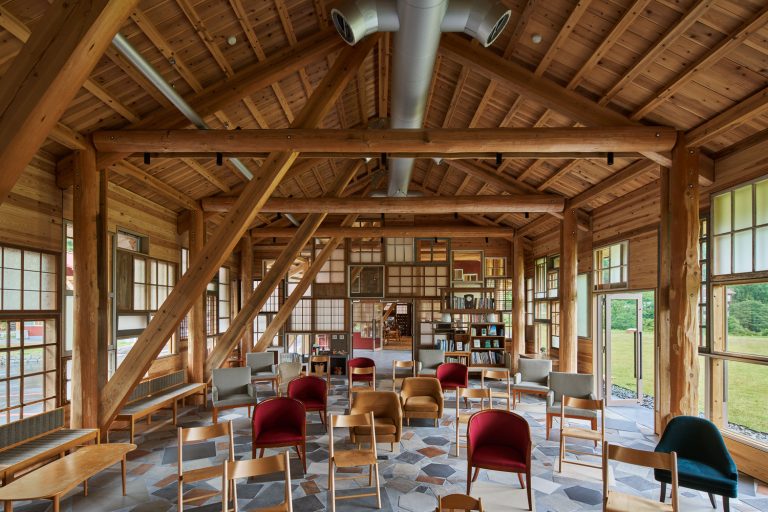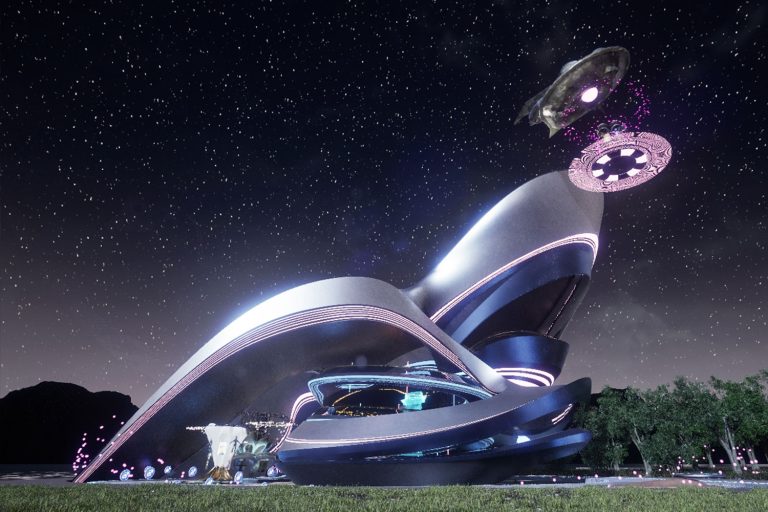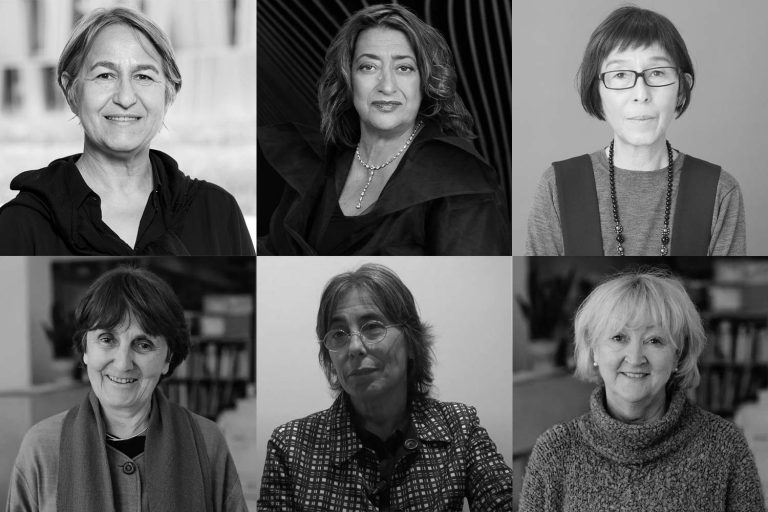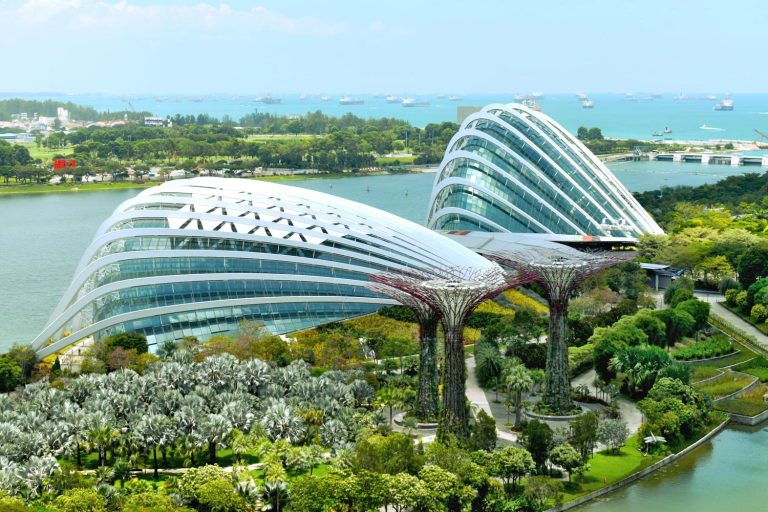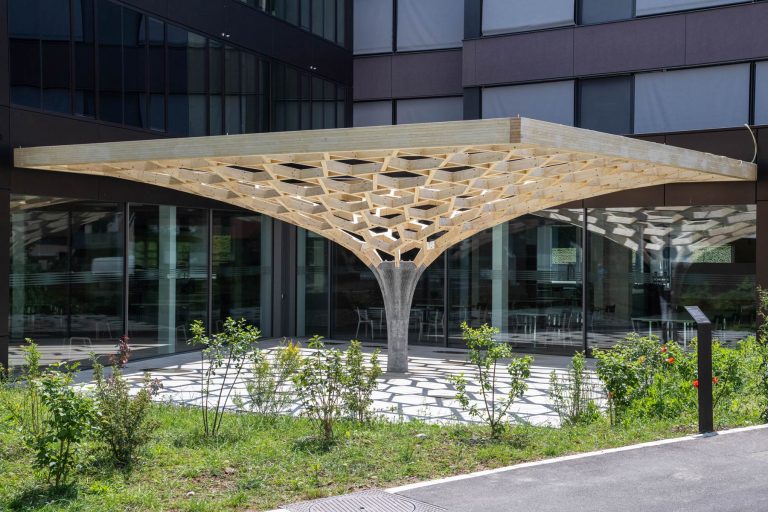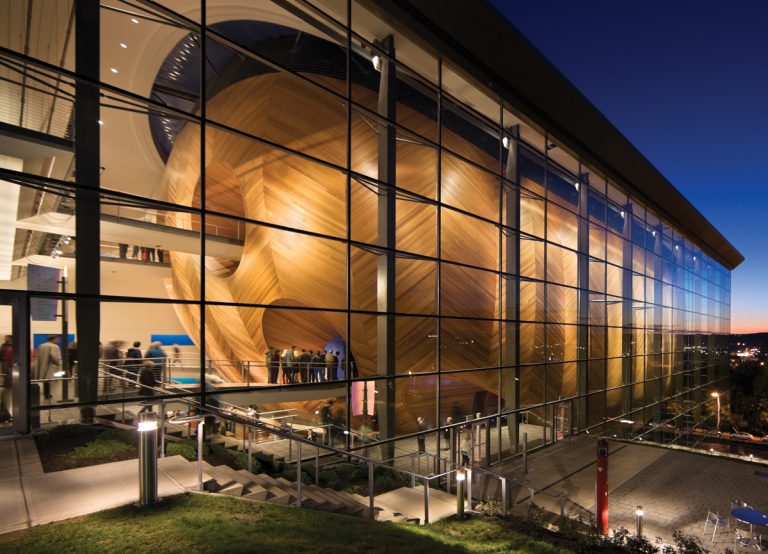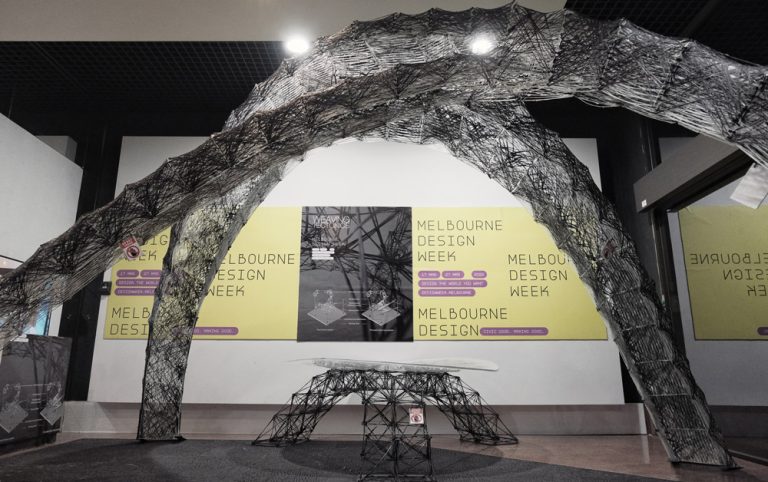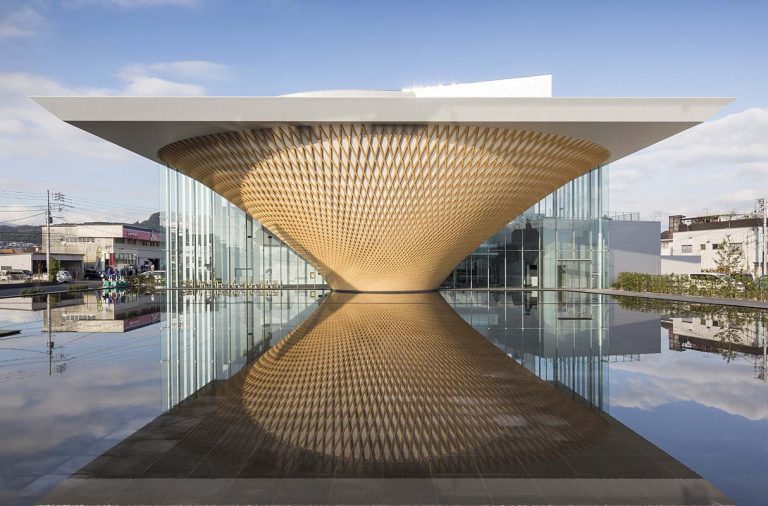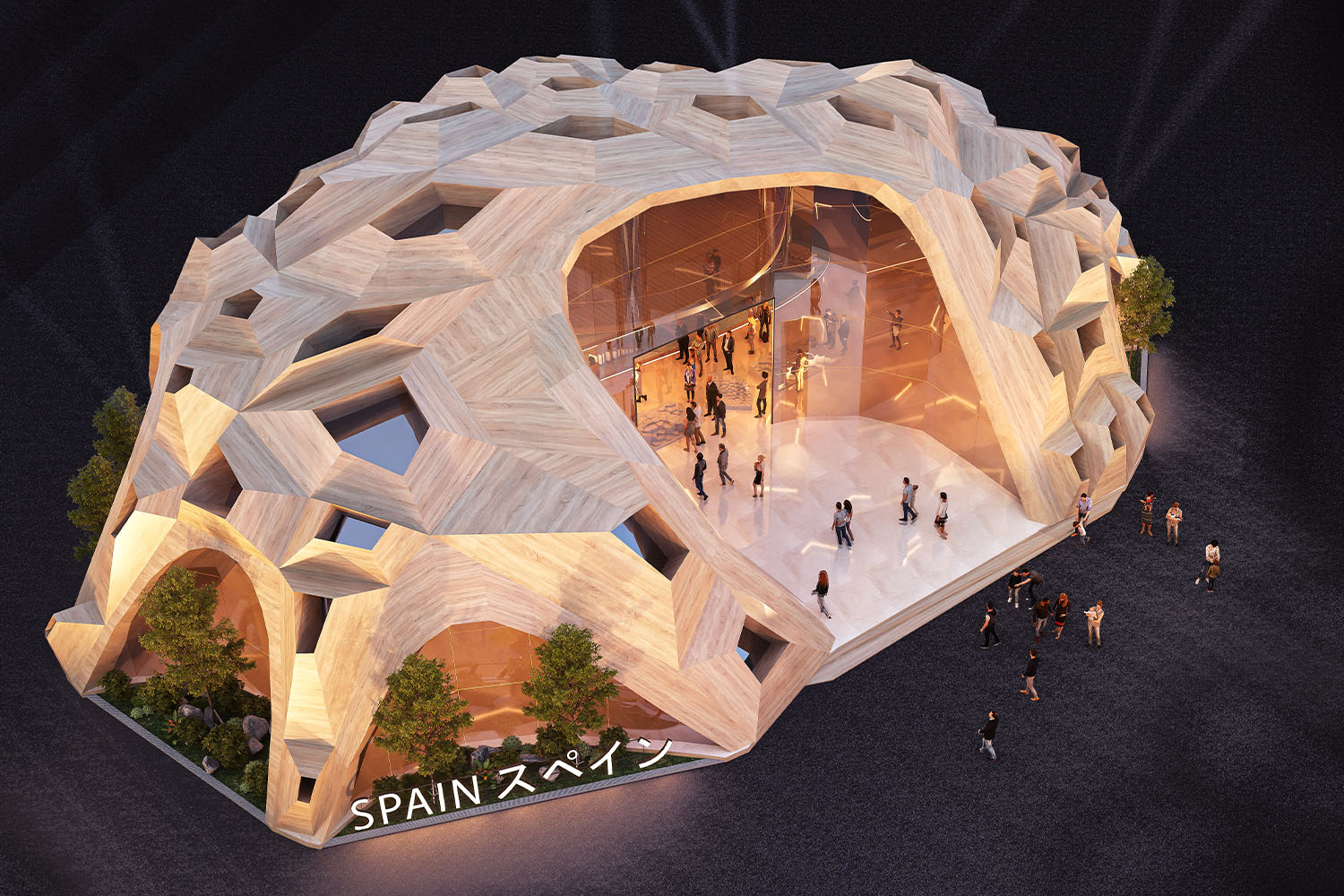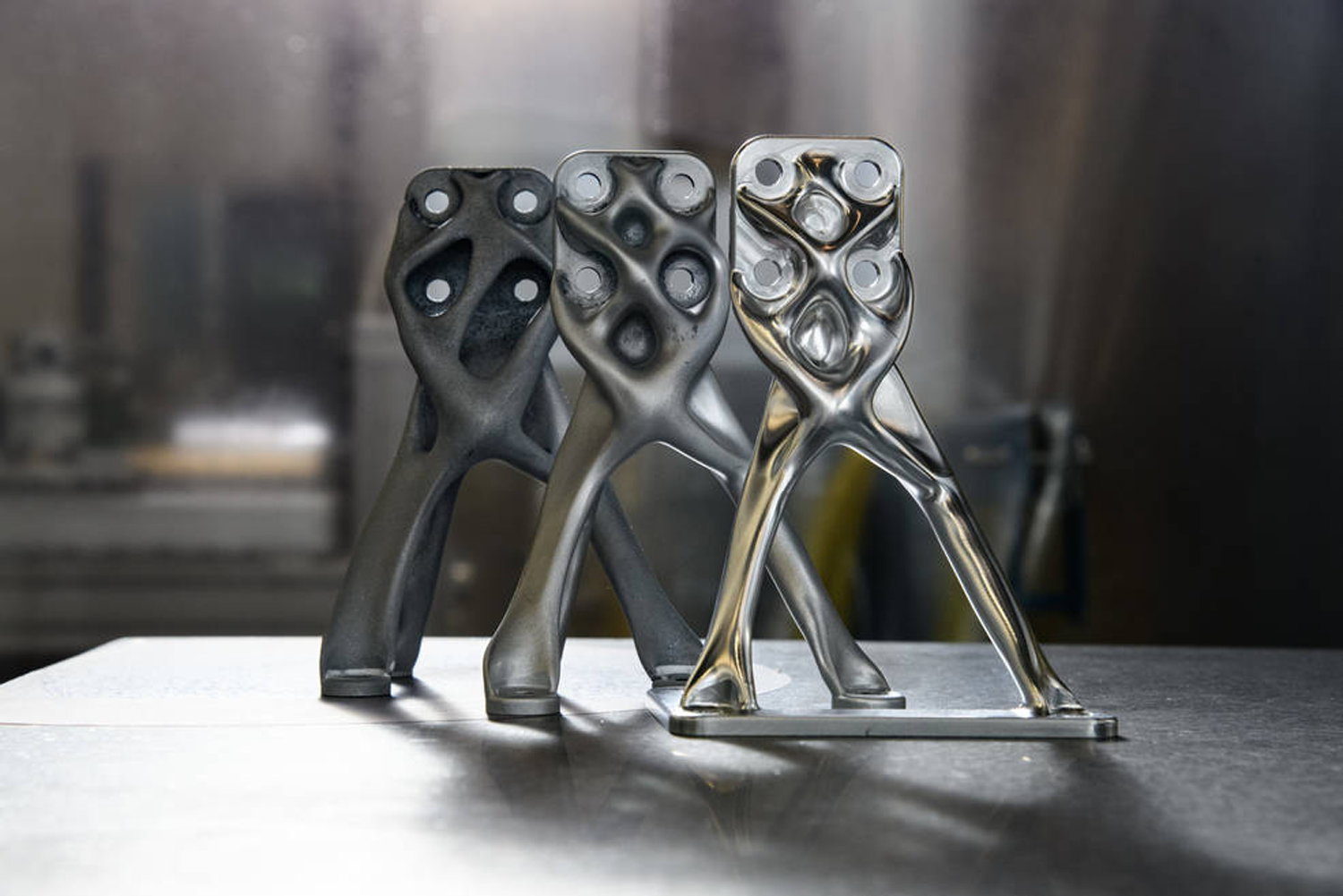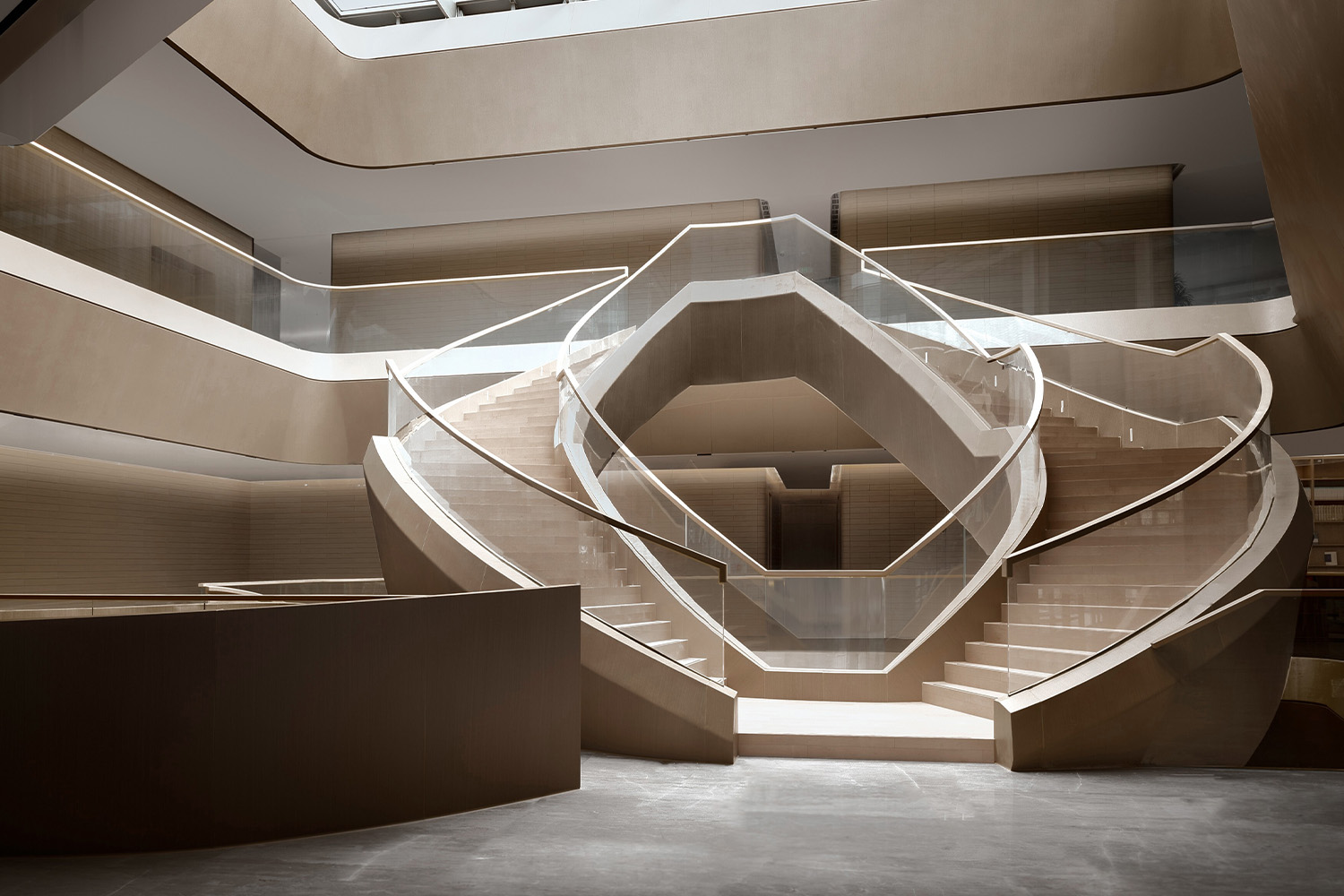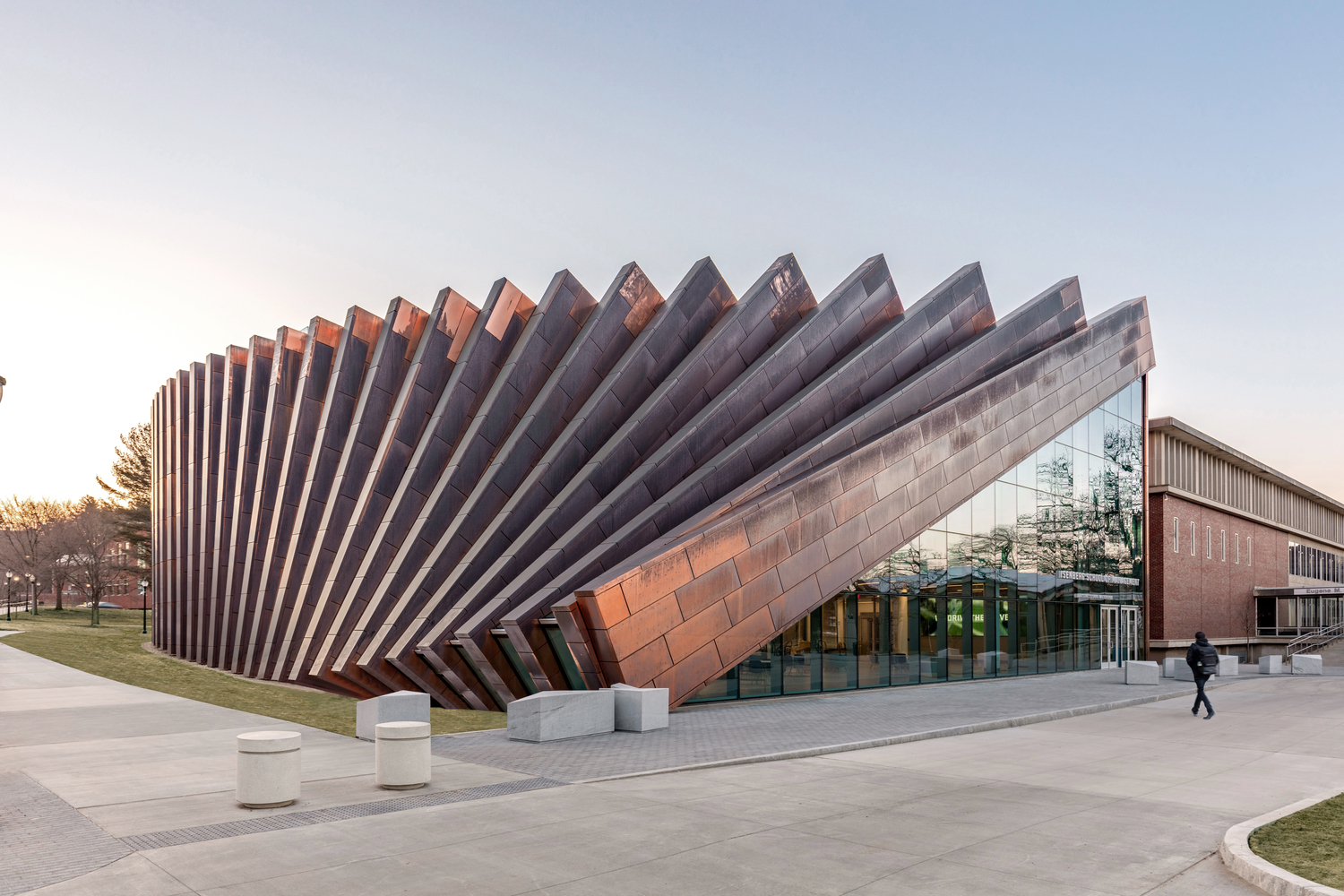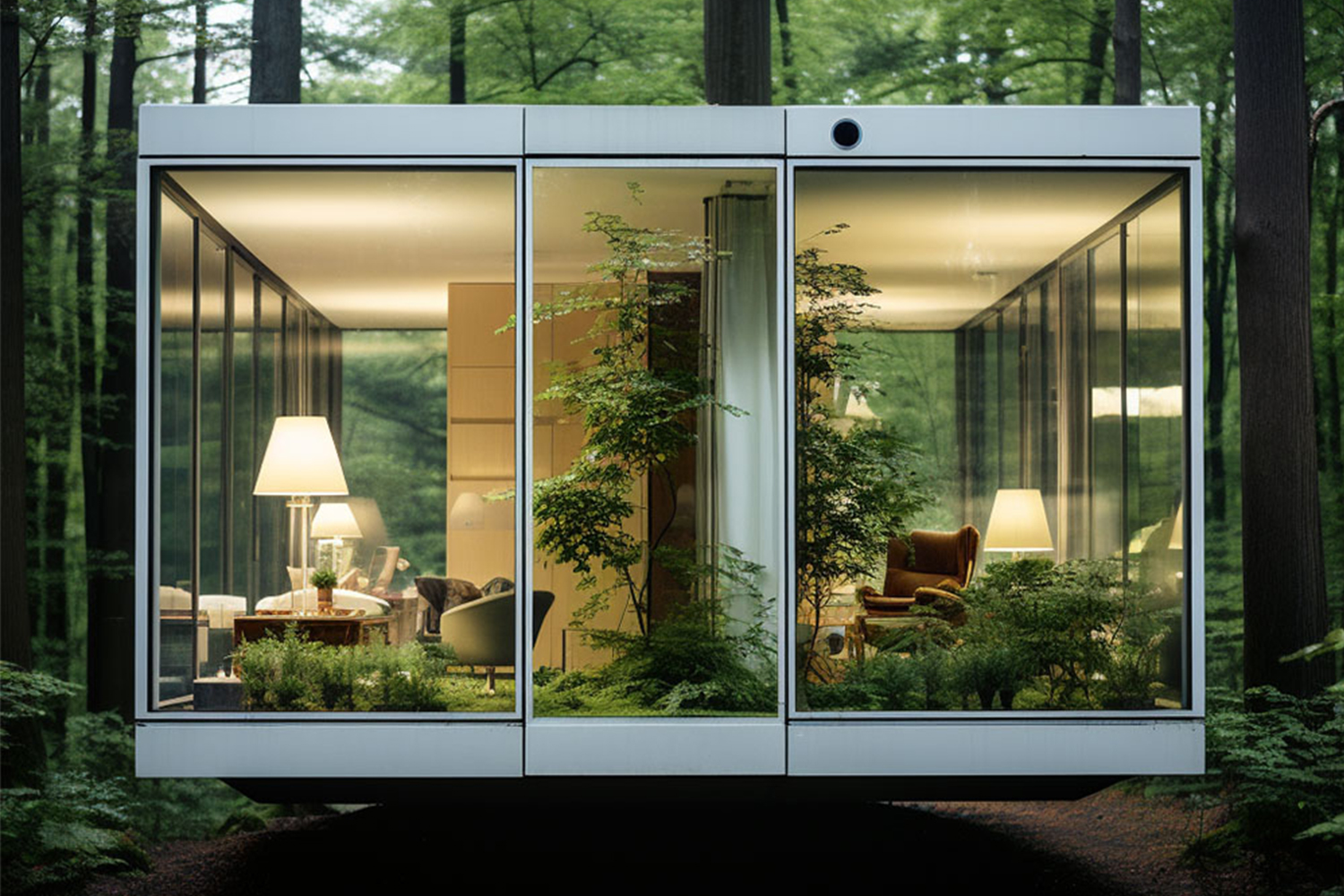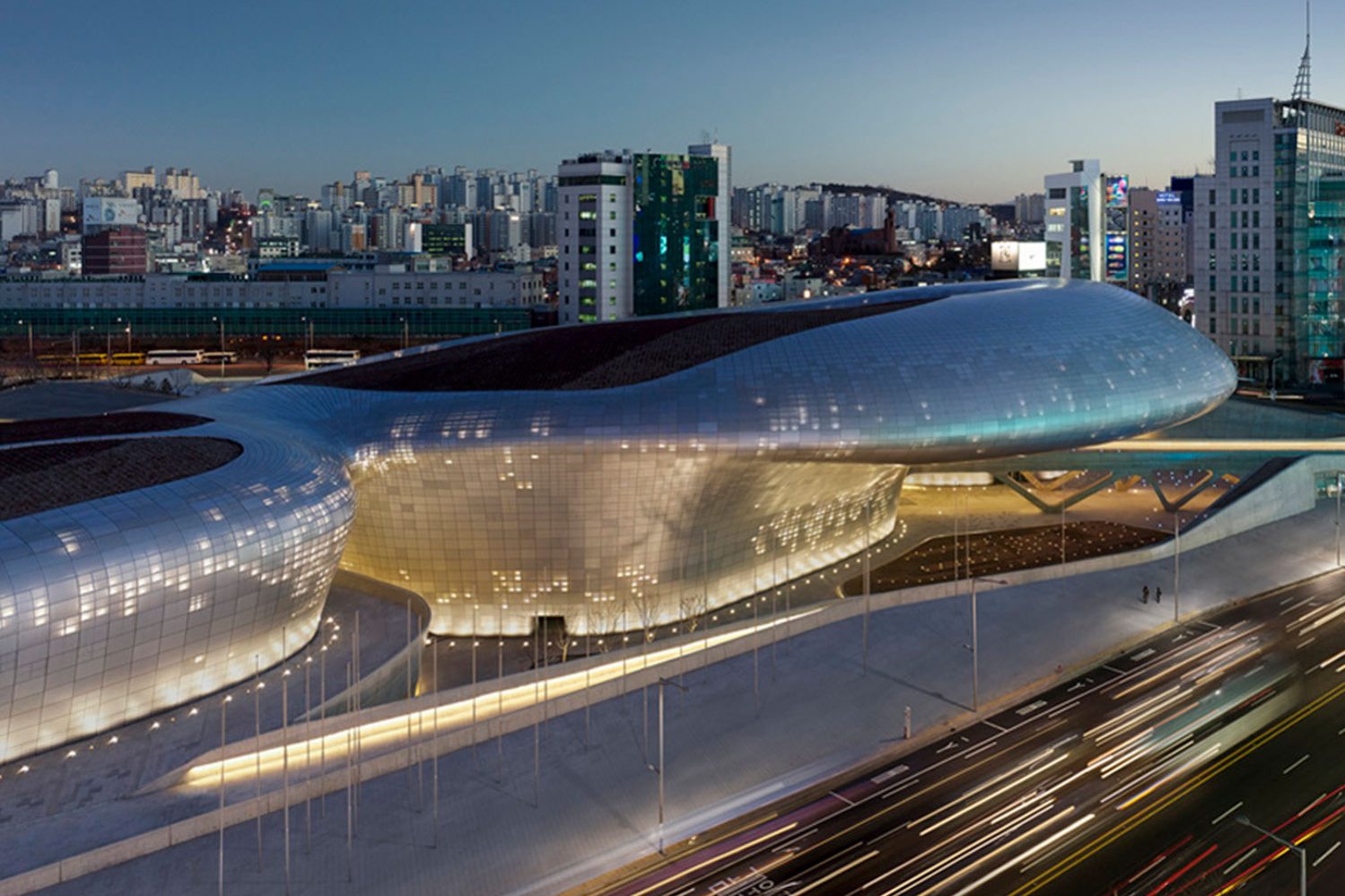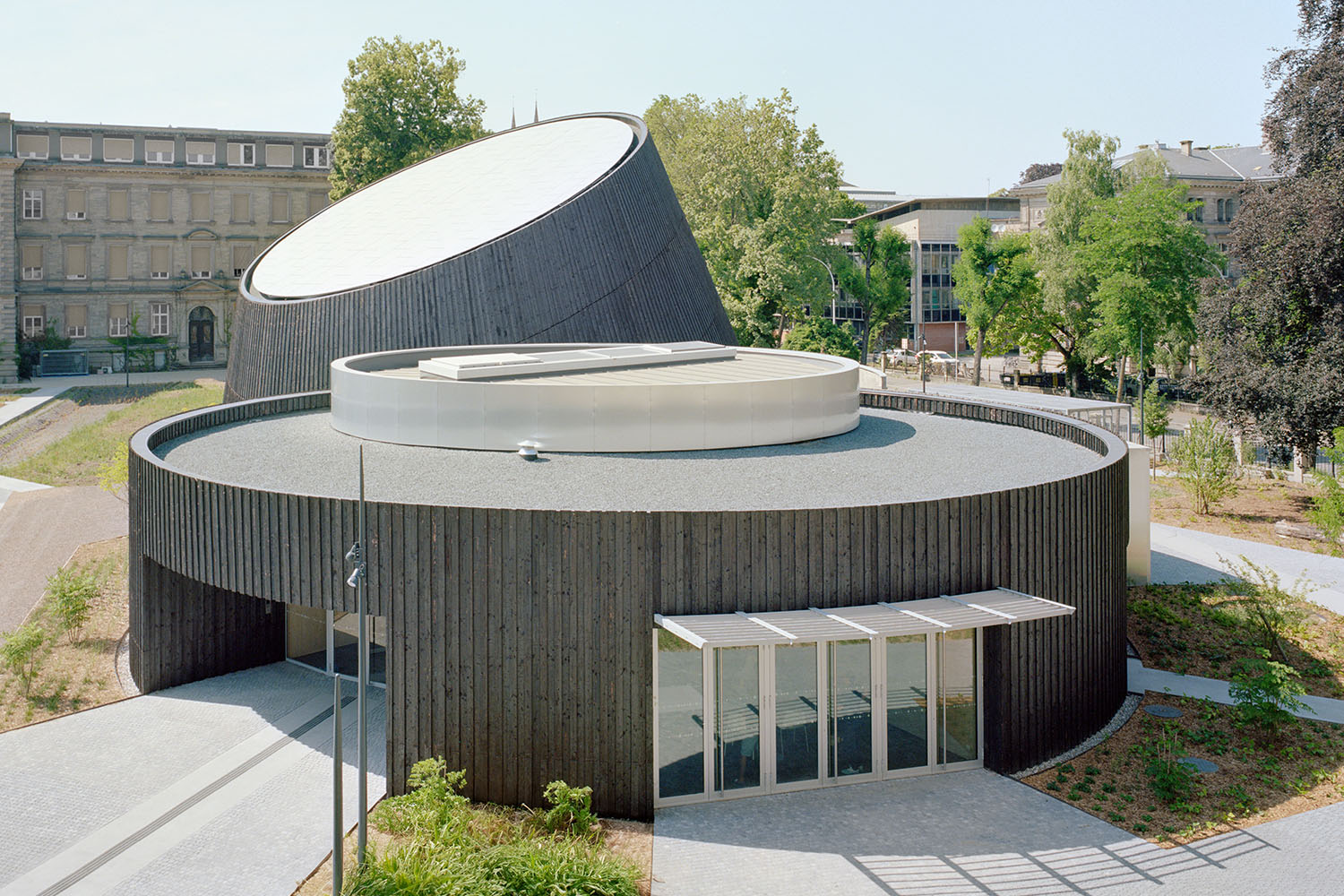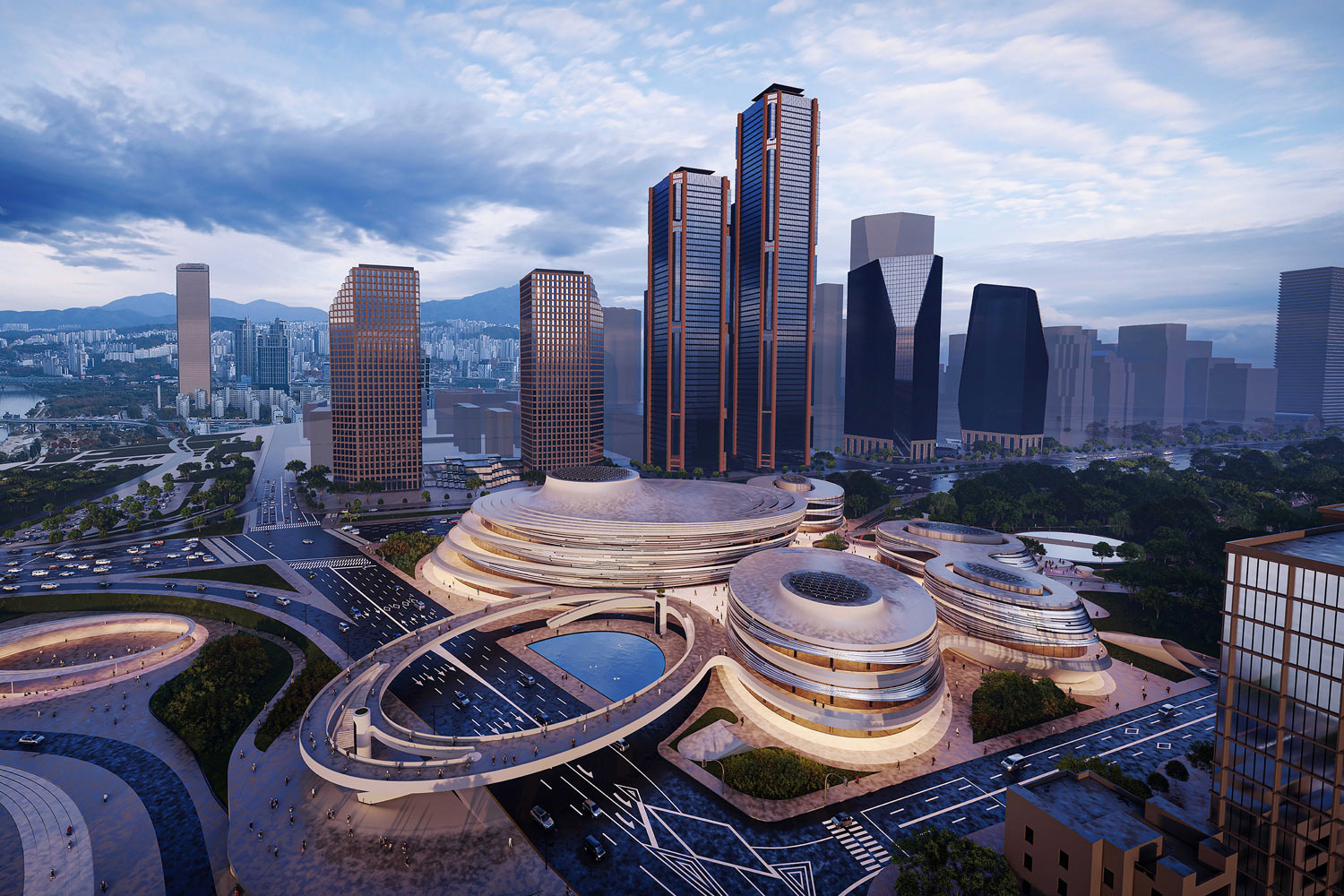‘Green Spine’ by UNStudio in Melbourne to Become The Tallest Building in Australia
UNStudio’s design proposal for Southbank by Beulah aims to establish a new destination for the Southbank area and Melbourne. The project is integrally organised by one Big Detail: a ‘Green Spine’ of vertically networked platforms, terraces and verandas.
Green Spine’ – A City within a City
UNStudio’s design proposal for Southbank by Beulah aims to establish a new destination for the Southbank area and Melbourne. The project is integrally organised by one Big Detail: a ‘Green Spine’ of vertically networked platforms, terraces and verandas.
This multifaceted spine is created by the splitting open of the potential single mass at its core, thereby forming two separate high rise structures and causing them to reveal the almost geological strata of their core layers as they rise above a light-filled canyon. As a result of this design intervention, the towers that result on either side can enjoy porous city views and vastly improved contextual links. The organisation of the Green Spine enables an extension of the public realm on the podium, the continuation of green onto the towers and orients itself towards the CBD and the Botanical Garden at the top of the towers.
In addition to being fully integrated within the existing Melbourne network of cultural, entertainment, leisure and commercial venues on offer, with its variety of programmes and connectivities, the design further proposes a mixed-use building that is a city in itself. A host of programmes, including recreation, retail, offices, residential, hotel and exhibition spaces are integrated into the vertically stepped public infrastructure – an infrastructure that is formed by indoor-outdoor spatial frames that embed nature, public space and culture. On a local level the aim of the design is to provide porousness at street level, whilst simultaneously connecting the upper floors with the streetscape by expanding the public realm.
The Green Spine
The ‘Big Detail’ in UNStudio’s design proposal for Southbank by Beulah is the Green Spine, an architectural element that incorporates a multitude of functions in one fluid gesture. The Green Spine is designed to generate public flows and movement and offer multiple benefits throughout the design. It extends the Southbank Boulevard upwards and acts as the key organisational element of the building with respect to programme, culture, landscape and sustainability. In addition to housing a variety of amenities, all programmes are linked to the Green Spine.
At ground level, this spine directly engages with Southbank Boulevard by bringing people up and into the building, thereby expanding the public realm up and into the building. From the public park at the top of the podium, the Spine continues to entwine itself around the two towers, where it culminates at the top of the residential tower in ‘Future Gardens’.
‘Green Spine’ – Mixed-use / Podium
Our design proposal for Southbank by Beulah was motivated by the concepts of togetherness joint ownership and open access for local residents and the wider community. We therefore created the space not only to be accessible and tailored to the users of the building, but also for the people of – and visitors to – Melbourne. To this end, the podium and its public rooftop park are reserved for public use. Within the podium a marketplace, retail and entertainment spaces and a BMW experience centre are housed.
The Marketplace Entrance is a permeable open space that invites both visitors and residents. The retail spaces have their own unique access to balconies and terraces, allowing shoppers to engage with an environment that differs from that of typical retail mall or street. The connection from ground level unfolds through stairs and platforms, leading the visitors up along the retail and entertainment programme and finally merges into the public garden at the top of the podium.
‘Green Spine’ – Cultural Integration
The Green Spine is also a high-profile shared cultural platform for the Southbank Arts Precinct. As Melbourne is the cultural capital of Australia, our design proposal for Southbank by Beulah will enhance this profile and give the city a new place in which its art and culture can be displayed for the world to see. The multi-level nature of the design opens up a series of new opportunities to showcase important cultural moments and events in the city by providing a platform for cultural activities of all kinds. An open dialogue from the beginning onwards with cultural placemakers, artists, landscape designers, sustainability consultants and engineers characterised the design process and ensured that landscape, art and technology became integrated building elements, rather than merely decorative elements.
The various podium terraces offer platforms for temporary performance art, sculptures, light installations, and other exhibitions. In our proposal, institutions and festivals such as the Melbourne Art Fair, National gallery of Victoria Triennial, M Pavilion and others can make use of these terraces as a main venue for their events.
Aqua Tower by Studio Gang in Chicago, Illinois – Parametric Architecture
At 82 stories, reaching a height of 876 feet, Studio Gang ‘s Aqua Tower Chicago , Illinois is one of few tall buildings to create a community on its facade. Designed by american architecture studio, the Aqua Tower, when viewed obliquely the highrise transforms into a slender rectangle from a far distance.
‘Green Spine’ – A Vertical Urban Landscape
The conceptual greening of the buildings vertically extends the verdant Southbank Boulevard and the nearby Botanical Gardens. The planting rises up, winding from street level over the stepped pedestrian access, which is punctuated with terraced platforms that offer opportunities for rest amongst gardens. On top of the public podium users are presented with a public park framed by tall trees and low fern gardens. As the architecture continues to climb, so too does the planting. The lower story and mid-story levels are draped in smaller scale shrub planting and towards the upper levels tree planting is introduced within winter gardens. Finally, the landscape journey reaches the ‘Gardens of the Future’ at the top of the residential tower.
The Green Spine also creates a healthy urban environment. The planting absorbs noise and air pollution while tall eucalyptus trees facilitate light. Floors textured with forest ferns provide a cool atmosphere even on hot summer days. The construction of the spine uses materials and textures that are natural and native to Australia, making the Spine more sustainable and integrated within the context of Melbourne.
Mixed-use Towers
The tower programme of UNStudio’s proposal for Southbank by Beulah is primarily made up of three main components: office, hotel and residential. From the podium rooftop garden, the Green Spine climbs upwards into a series of outdoor green spaces along the facades of the two towers. On the higher levels the Spine offers unique break-out spaces and collaboration zones for the different programme typologies.
The office spaces are designed to vary from floor to floor in order to offer flexibility of use. Here the open balconies and gardens of the spine provide meeting points for collaboration and socialising in a relaxed and natural setting. Likewise, the hotel and residential components of the tower programmes enjoy access to the private, semi-public, or public outdoor green spaces of the Spine that run from street level to the top of the towers.
Facade & Sustainability
Our proposal brings together two distinct facade types: the Green Spine Facade and the Glass Facade. Both facades are subject to an optimised variation of architectural parameters throughout the building’s height (low, mid or high).
The facade plays a key role in implementing sustainability measures, starting from the massing. It implements high-performance passive design through the orientation of the self-shading Green Spine toward northerly and westerly directions on the upper exposed faces of the towers. The parameters varying throughout the building’s height are: depth/overshadowing, screen density and planting types. These inform the Spine facade to assure thermal comfort, air quality and noise absorption and promote biophilia. Complementary to this, the Glass Facade embraces the Green Spine and incorporates a series of equally important measures, such as the balance of window-to-wall ratios, recessed balconies/windows and external shading fins to limit heat loss and control solar gain.
Environment, Well-being & Health
The design encompasses sustainability, not in isolation, but via a wide range of related key topics. These topics span from the production of healthy urban environments, to the achievement of an ultra-low carbon building system, as well as guaranteeing a resilient and future-ready development.
The building environmental strategy includes utilising ultra-energy efficient and smart building technologies that exploit synergies between different typologies for energy and water resource usage. The development will be future-proofed and made resilient against predicated climate change and shifts in work and lifestyle patterns. Moreover, the design concept is to bring healthy living into the vertical realm, offering spaces of active circulation, exercise and a multitude of green spaces for occupants to live, work and play in local neighbourhoods. The spine creates spaces that are designed for human physiological and psychological comfort and stimulation.
Project Name : Green Spine
Location : 118 City Road, Melbourne, Australia
Architect : UNStudio
Design Team: Ben van Berkel, Hon. FAIA, Caroline Bos, Jan Schellhoff, Sander Versluis, Milena Stopic, Julia Gottstein, Marco Cimenti, Leon Hansmann, Perrine Planche, Olga Kovrikova, Carleigh Shannon
Project Type : Mixed-use
Client / Owner : Beulah International
Consultants Architects :Cox Architectecture, Grant Associates, Arup
Status : Concept
Area : 2,728,490 sq. feet
Via > Architect Magazine
Absolute Towers by MAD Architects – Parametric Architecture
The twisted buildings of Absolute Towers in Mississauga , Canada designed by the Chinese architecture firm MAD Architects , and completed in 2012. Text description provided by the architects. Modernism has a famous motto: A house is a machine for living in.
The Toronto Tree Tower by Studio Precht – Parametric Architecture
The Toronto Tree Tower by Studio Precht in Canada ‘We have enough steel, concrete and glass-towers in our cities. But if you walk through the city and suddenly see a tower made of wood and plants, it will create an interesting contrast. The warm, natural appearance of wood and the plants growing on its facade …



